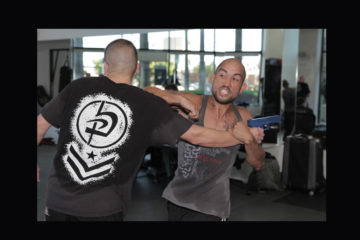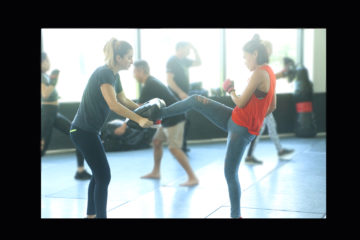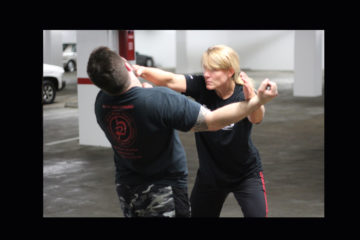 Good exercise should elevate your heart rate. But how do you know what your ideal target is? If your heart rate is too high, it could lead to serious health risks and injury. If are you not elevating your heart rate enough, you may erase some of the efficacy of the workout. Here is how to determine if you are hitting your ideal target heart rate during exercise.
Good exercise should elevate your heart rate. But how do you know what your ideal target is? If your heart rate is too high, it could lead to serious health risks and injury. If are you not elevating your heart rate enough, you may erase some of the efficacy of the workout. Here is how to determine if you are hitting your ideal target heart rate during exercise.
Two Types of Exercise
First, decide what type of exercise you plan to engage in. There are two main types: aerobic exercise and strength training.
Aerobic activity can consist of something moderate like brisk walking, mowing the lawn, or swimming. It can also be something more intense like running or dancing. In general, about 150 minutes a week of moderate aerobic exercise is recommended, or at least 75 minutes of more intense aerobic exercise.
Strength training is the second type of activity. This includes weight training with free weights or machines and even activities such as rock climbing.
Define Your Goals
 Once you have identified your style of exercise, it is important to define your goals. Are you looking to lose weight, build muscle, or train for a specific event? This is an important step in finding your target heart rate during exercise. Whatever you choose, be realistic and make sure you gradually work your way in. Exercising too hard too fast is an easy way to burn out and get injured.
Once you have identified your style of exercise, it is important to define your goals. Are you looking to lose weight, build muscle, or train for a specific event? This is an important step in finding your target heart rate during exercise. Whatever you choose, be realistic and make sure you gradually work your way in. Exercising too hard too fast is an easy way to burn out and get injured.
Maximum Heart Rate
To gauge your exercise intensity, you can determine either how you feel or your actual heart rate. How you feel—meaning breathing rate, sweat, and physical exhaustion—has been shown to correlate closely to actual heart rate. Heart rate, on the other hand, can be determined by taking your pulse. Determine your target heart rate during exercise by reading your pulse (either on your wrist or the side of your neck) for 15 seconds, then multiplying that number by four to result in your beats per minute.
Target Heart Rate
So, what is your target heart rate during exercise? First, find your maximum heart rate. To do this, subtract your age from 220. If you’re 50, your maximum heart rate is 170. That means your pulse should never go over 170 beats per minute.
Moderate intensity should range within 50 to 70 percent of your maximum heart rate. That means for a 50-year-old, your pulse should be between 85 to 119 beats per minute. High-intensity, or “vigorous,” exercise should range between 70 to 85 percent of your maximum heart rate. So, for the same 50-year-old, that rate is 119 to about 144 beats per minute.
The Mayo Clinic calls this high-intensity range (70 to 85 percent of your maximum heart rate) the target heart rate during exercise.
Be Safe
 Make sure to always monitor your exercising heart rate as well as your resting heart rate. Your heart rate may change by up to 15 to 20 beats per minute some days. If your heart rate stays elevated even after rest, seek out medical attention immediately.With the help of professionals, like those at Krav Maga, you can determine how to reach and maintain what your heart rate should be when working out. Learn more about our fitness and self defense classes.
Make sure to always monitor your exercising heart rate as well as your resting heart rate. Your heart rate may change by up to 15 to 20 beats per minute some days. If your heart rate stays elevated even after rest, seek out medical attention immediately.With the help of professionals, like those at Krav Maga, you can determine how to reach and maintain what your heart rate should be when working out. Learn more about our fitness and self defense classes.






